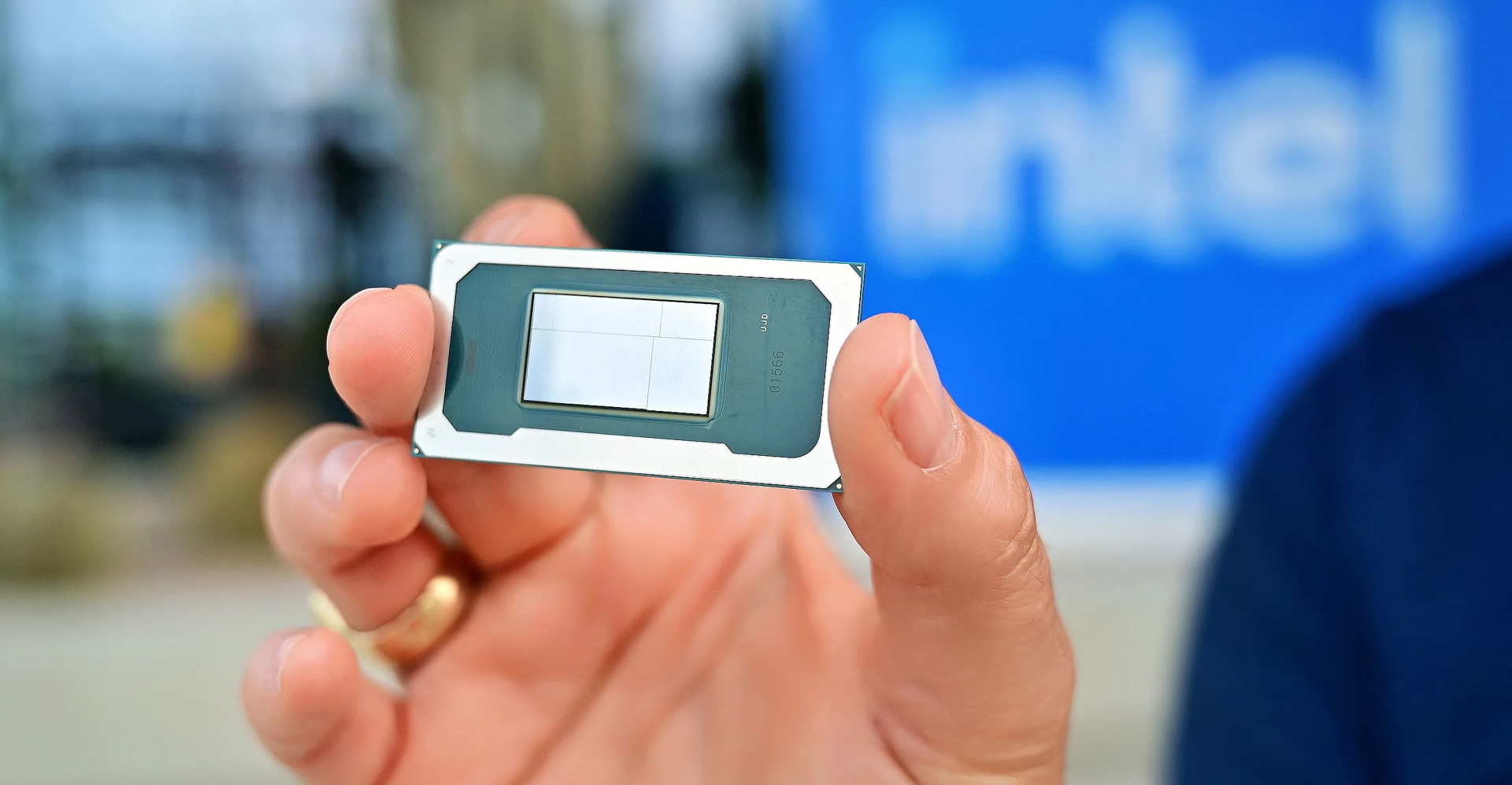 Intel Panther Lake uses the new 18A node process
Intel Panther Lake uses the new 18A node process
Intel’s Fab 52 chip fabrication facility in Chandler, Arizona is now producing chips using Intel’s new 18A process, which is the company’s most advanced 2 nanometer-class technology. The designation “18A” signals a paradigm shift. Because each nanometer equals 10 angstroms, “18A” implies a roughly 18 angstrom (1.8nm) process, marking the beginning of atomic-scale design, at least from a marketing perspective.
So what else is new with the 18A series?
18A introduces Intel’s RibbonFET, its first gate-all-around (GAA) transistor design. By wrapping the gate entirely around the channel, it achieves superior control, lower leakage, and higher performance-per-watt than FinFETs. Intel claims about 15% better efficiency than its prior Intel 3 node.
Apple is said to be including TSMC's 3D stacking technology in their upcoming M5 series of chips as well.
Equally transformative is PowerVIA, Intel’s new way of routing power from the back of the wafer. Traditional front-side power routing competes with signal wiring and limits transistor density. By moving power connections underneath, PowerVIA frees up routing space and can boost density by up to 30%. Intel is the first to deploy this at scale. TSMC and Samsung are still preparing their equivalents.
Intel plans 18A variants like 18A-P (performance) and 18A-PT (optimized for stacked packaging), positioning the node as both a production platform and a foundry offering for external customers. It’s the test case for Intel’s ambition to rejoin the leading edge of contract manufacturing.
18A isn’t just a smaller process. It’s a conceptual threshold. It unites two generational shifts: a new transistor architecture (GAA) and a new physical paradigm (backside power). Together, they allow scaling beyond what classic planar or FinFET approaches can achieve. In doing so, Intel is proving that progress no longer depends solely on shrinking dimensions. It’s about re-architecting how power and signals flow at the atomic level.
Intel’s own next-generation CPUs, such as Panther Lake, will debut on 18A, validating the process before wider foundry use. If yields and performance hold up, 18A could cement Intel’s comeback and signal that the angstrom era is truly here.
For the broader industry, 18A is more than a marketing pivot. It’s the bridge from nanometers to atoms... a demonstration that semiconductor engineering has entered a new domain where every angstrom counts.
There's usually more to the story so if you have questions or comments about this post let us know!
Do you need a new software development partner for an upcoming project? We would love to work with you! From websites and mobile apps to cloud services and custom software, we can help!

